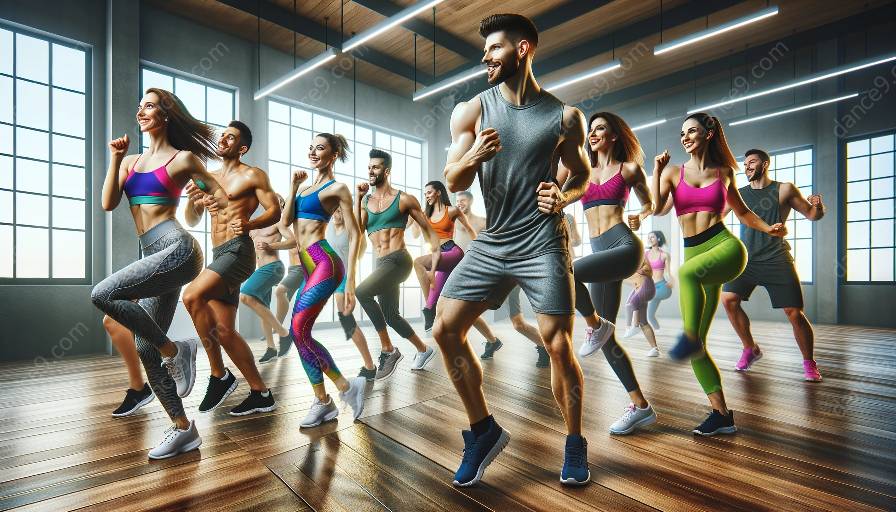When it comes to fitness dance, cultural influences play a significant role in shaping the practices and performances. This article explores how different cultures impact the evolution and styles of dance classes, delving into the historical, social, and artistic aspects of fitness dance.
The Evolution of Fitness Dance
Fitness dance has evolved over the years, drawing inspiration from various cultural traditions and practices. Different cultures have contributed specific movements, rhythms, and musical styles to the development of fitness dance.
Historical Significance
Historically, dance has been an integral part of numerous cultures worldwide. From traditional folk dances to ritualistic performances, each culture infuses its unique identity into dance practices. As these traditions have been incorporated into fitness dance, they have contributed to the diversity of movement vocabulary and styles.
Social Dynamics
The social dynamics of different cultures also impact fitness dance practices. In some cultures, dance is a communal activity, often performed in groups during social gatherings, weddings, or religious ceremonies. These communal practices influence the choreography and group dynamics of fitness dance classes, emphasizing coordination and cooperation among participants.
Cultural Styles in Dance Classes
When individuals participate in fitness dance classes, they often experience the influence of global cultures through various dance styles. Whether it's the lively rhythms of Latin dance, the energetic movements of Bollywood, or the graceful flow of ballet, each cultural style brings its own flavor to the fitness dance experience.
Latin Dance Influence
Latin dance styles, such as salsa, samba, and merengue, have made a significant impact on fitness dance classes. The infectious music and vibrant movements of Latin dance not only provide an intense cardio workout but also offer participants a glimpse into the cultural expressions of Latin American communities.
Bollywood Influence
Bollywood dance, with its fusion of Indian classical and folk dances with modern influences, has gained popularity in fitness dance classes worldwide. The expressive gestures, rhythmic footwork, and colorful costumes bring a sense of joy and celebration to the dance floor, reflecting the exuberance of Indian culture.
Ballet Influence
Classical ballet, rooted in European traditions, has also left its mark on fitness dance practices. The emphasis on poise, balance, and technique in ballet contributes to the development of core strength, flexibility, and grace in fitness dance participants, showcasing the enduring influence of cultural styles on dance classes.
Embracing Cultural Diversity
In today's interconnected world, the fusion of cultural influences has led to the creation of diverse and inclusive fitness dance practices. By embracing cultural diversity, dance classes offer participants the opportunity to explore different movement styles, music genres, and historical narratives, fostering a deeper understanding and appreciation of global cultures.
Impact on Performances
The impact of cultural influences extends beyond the studio and into public performances. When fitness dance routines incorporate elements from different cultures, they not only entertain but also educate audiences about the rich tapestry of global traditions, promoting cultural exchange and cross-cultural understanding.
Conclusion
Cultural influences have a profound impact on fitness dance practices and performances. From the evolution of dance styles to the inclusive nature of dance classes, cultural diversity enriches the fitness dance experience, offering a vibrant tapestry of movement, music, and cultural expressions for participants to explore and celebrate.













































































